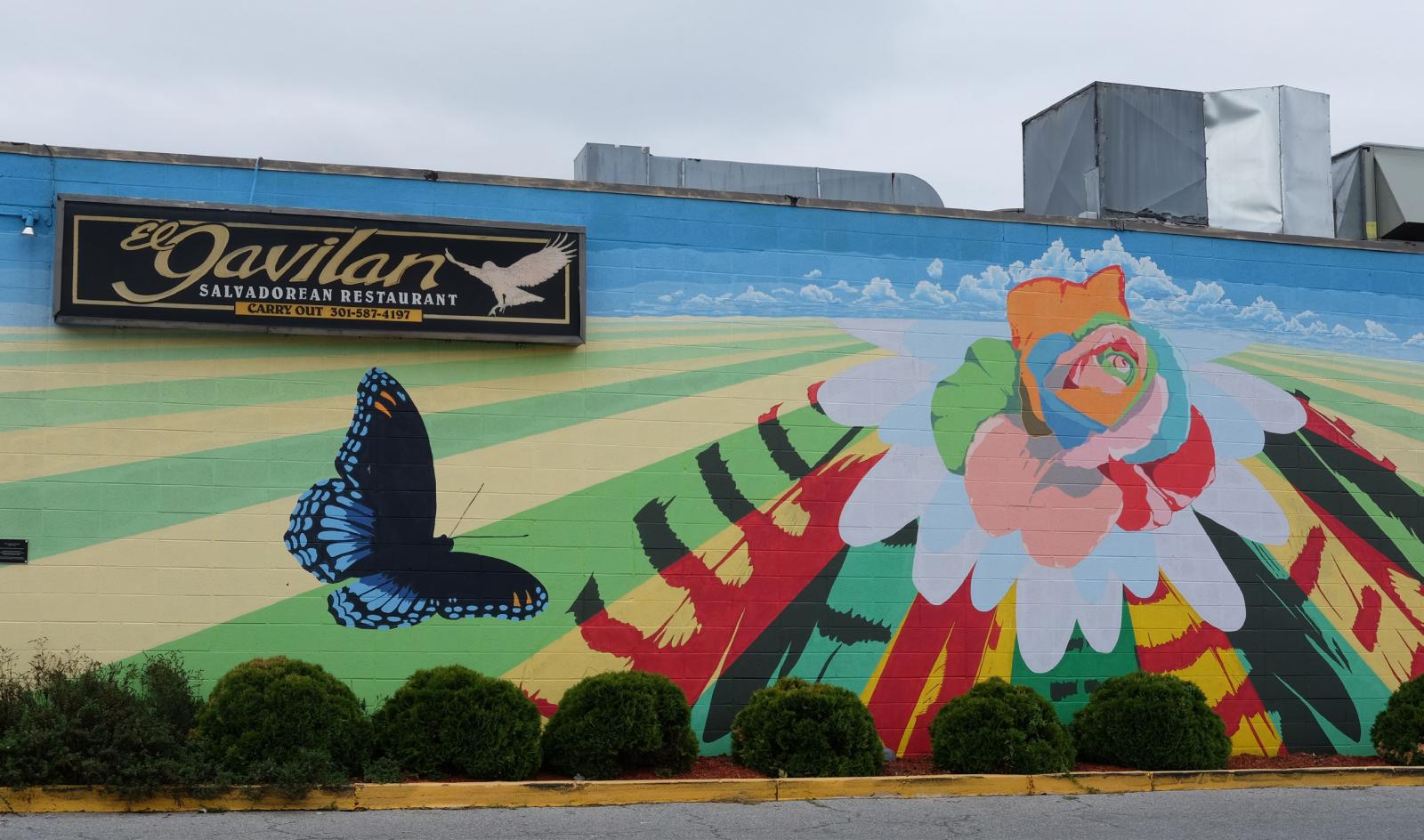For a second year running, a University of Maryland urban planning project has been honored by the American Planning Association (APA) for advancing the field of planning. “A Long Life for Long Branch: Tools to Preserve Independent Retailers,” which presents a toolkit for preserving independent and minority-owned businesses at risk of displacement, took second place in this year’s APA Student Project Awards. The project was selected from entries submitted by urban planning programs across the country and will be featured in an upcoming issue of the APA Magazine, Interact.
“I am extremely proud of the work of our students in this project,” said Urban Studies and Planning Director Clara Irazabal. “They managed to produce a comprehensive and creative toolkit to effectively tackle one of the greatest urban challenges we are facing in suburbs and urban areas alike: the preservation of small and medium-sized businesses. The lifeblood of our communities, these retailers are becoming all the more threatened during the current pandemic. This report offers concrete, actionable policies, programs and projects, not only to rescue them but help them flourish.”
Maryland’s winning team comprises past and current students of the Urban Studies and Planning Program: Carrie Anderson-Watters (’20), Anna Brinley (’20), Will Duggan, Ellen Kortesoja (’20), Lily Murnen and Kari Nye (’20). Lecturer Bobby Boone, AICP, guided the project.
Developed in 2019 for the Maryland-National Capital Park and Planning Commission (M-NCPPC) Montgomery County Planning Department as part of UMD’s Partnership for Action Learning in Sustainability Program (PALS), the project inventively devises strategies for county agencies and community leaders to preserve independent, small businesses along the Purple Line Light Rail Corridor. The project focuses on the community of Long Branch, a small, primarily-immigrant community on the edge Montgomery County that is slated for a new stop on the upcoming light rail.
To develop the project’s recommendations, students took inspiration from programs and policies not traditionally applied in commercial planning and borrowed from successful case studies across the country. They worked with area businesses, county representatives and community organizations to identify some of the most pressing challenges facing small business owners, but also to “road test” their proposed ideas and strategies. The comprehensive toolkit comprises the results of that work, carried out over the fall semester of 2019: a wide range of strategies in economic and real estate development, creative financing, out-of-the-box zoning and technical support. The project garnered widespread acclaim with county representatives and has informed ongoing work by the county to retain retail in Takoma Park, Langley Park, Wheaton and Silver Spring. Students presented their work to a regional audience of government agencies and stakeholders at the National Capital Area Chapter’s Annual Chapter Conference last September.
Lilian Murnen and William Duggan, two URSP graduate students on the project, believe that this type of action-oriented framework is critical in practice to further strategies against displacement in both in residential and commercial settings.
“For me, especially, this project was a great tool to operationalize all of the issues surrounding racial equity that we’re thinking about and discussing in class,” said Murnen.
This is not the first time “A Long Life for Long Branch” has received accolades; it was recognized by the Maryland Sustainable Growth Commission in 2020 with a Maryland Sustainable Growth Challenge Award.

